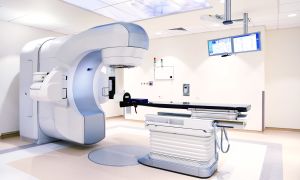Advertisement
Scientists use various methods to study brain structure and function. They take pictures of healthy brains to compare with diseased brains. They examine brains from humans, small mammals and primate to attempt to understand how the smaller nervous systems work in invertebrates. They also examine neurons on a microscopic level.
Here are some tools used in brain mapping:
Here are some tools used in brain mapping:
- Computer axial tomography (CAT) scan X-rays the brain from numerous angles and reveal structural abnormalities
- Structural magnetic resonance imaging capitalizes on the water in the brain to create images with better resolution than a CAT scan
- Diffusion tensor-MRI (DTI) images follow water movement in the brain to track neurons that connect brain regions.
- Electroencephalography (EEG) uses detectors that are implanted in the brain or worn on a cap to indicate electrically active locations in the brain
- Positron emission tomography (PET) takes images of radioactive markers in the brain
- Functional MRI (fMRI) shows images of brain activity while subjects are at work on various tasks
- Pharmacological functional MRI (phMRI) shows what happens in the brain as drugs are administered
- Transcranial magnetic stimulation (TMS) uses noninvasive stimulation in parts of the brain to trigger certain behaviors
Continue Learning about Diagnostic Procedures
Important: This content reflects information from various individuals and organizations and may offer alternative or opposing points of view. It should not be used for medical advice, diagnosis or treatment. As always, you should consult with your healthcare provider about your specific health needs.

